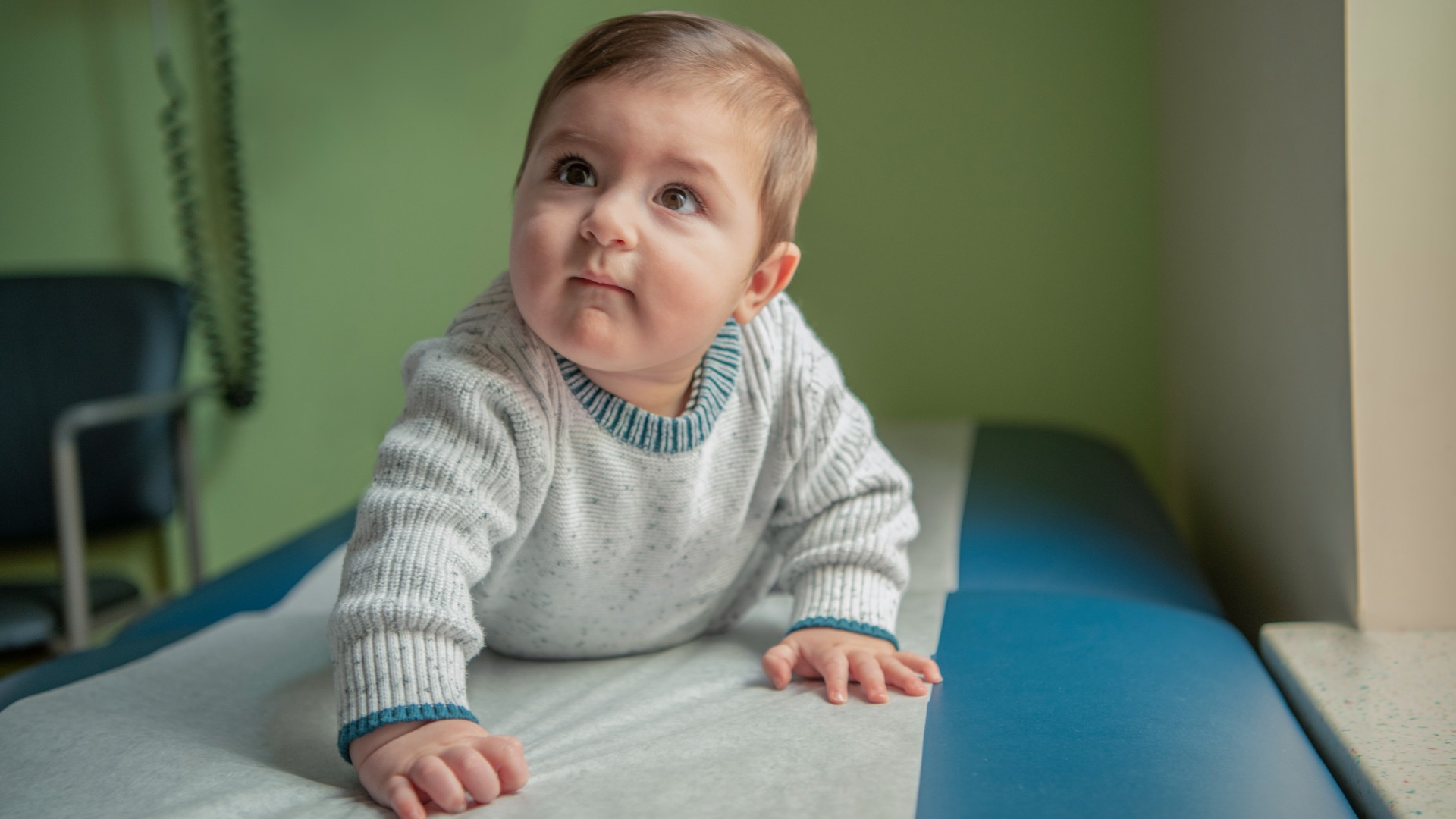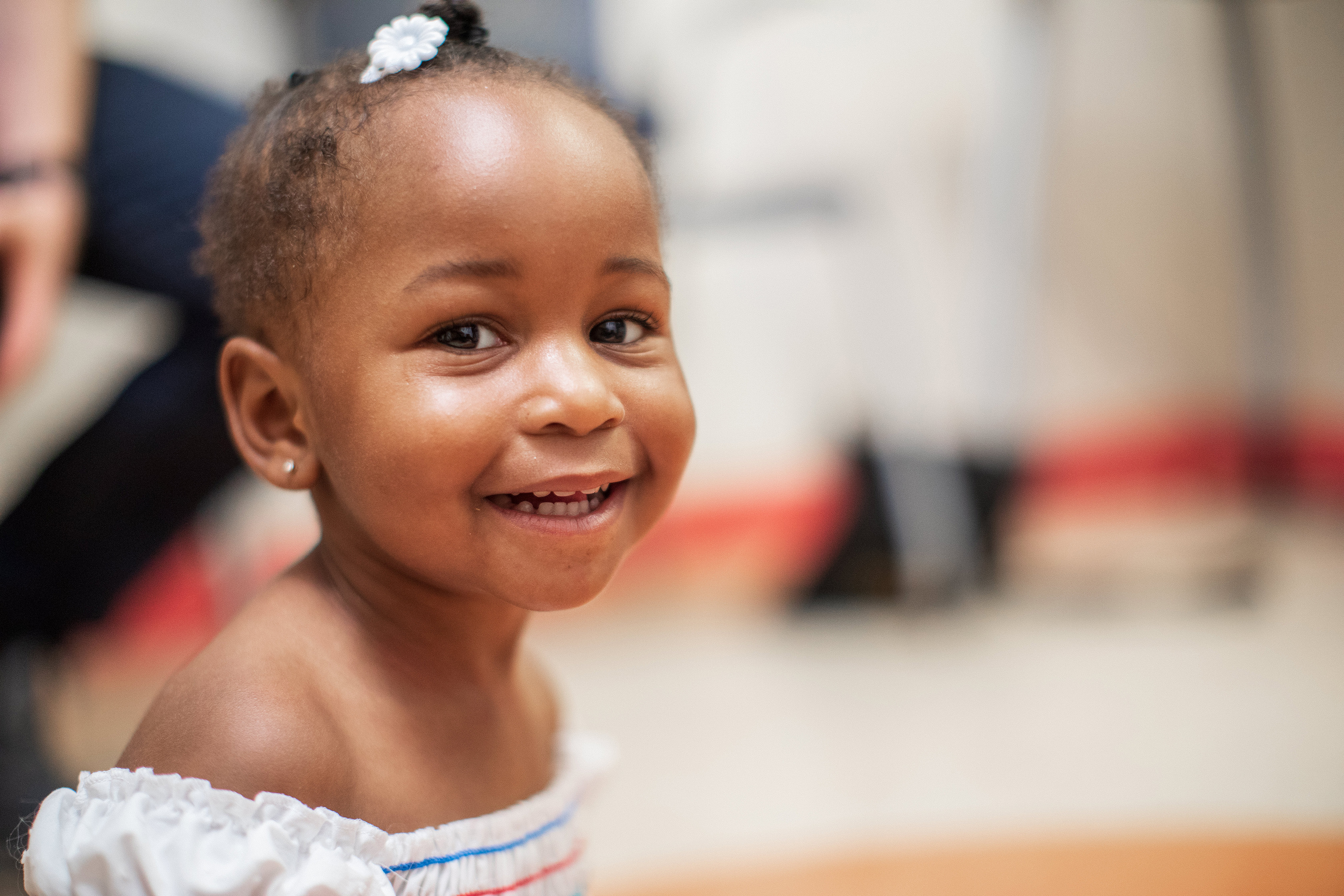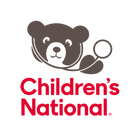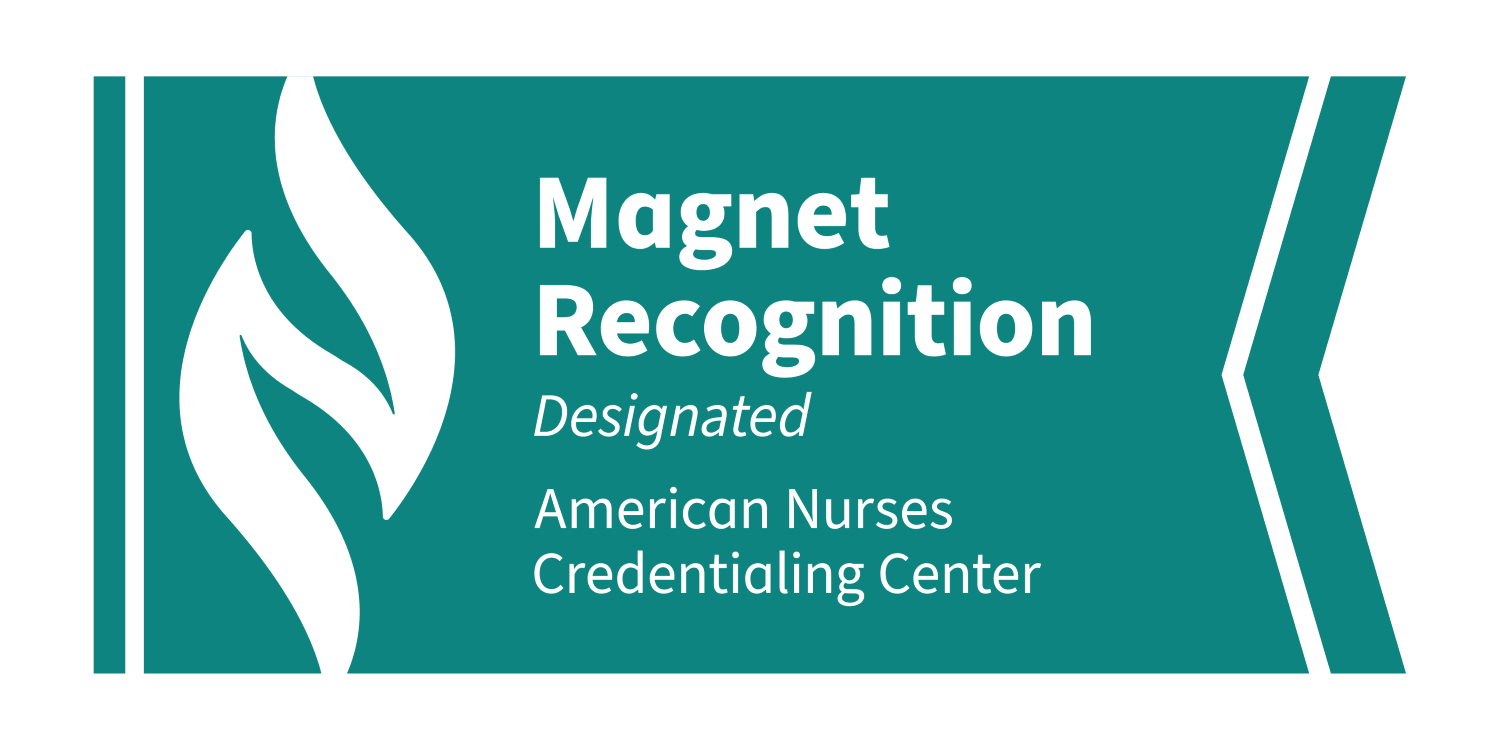Condition
Pediatric Horseshoe Kidney
What You Need to Know
Horseshoe kidney is when the two kidneys join (fuse) together at the bottom. They form a 'U' shape like a horseshoe. It is also known as renal fusion.
Key Symptoms
Common symptoms of horseshoe kidney may include:
- Nausea
- Pain in the belly
- Kidney stones
- UTIs
Diagnosis
Doctors typically diagnose horseshoe kidney by:
- Renal ultrasound (sonography)
- Mag-3 diuretic renal scan
- Blood tests
- Urine test
Treatment
- Horseshoe kidney can’t be changed or cured
Schedule an Appointment
Our pediatric specialists provide personalized care for your child’s physical, mental and emotional health needs. Meet the providers who treat horseshoe kidney and schedule an appointment today.
Frequently Asked Questions
What is horseshoe kidney?
What causes horseshoe kidney?
Which children are at risk for horseshoe kidney?
What are the symptoms of horseshoe kidney?
How is horseshoe kidney diagnosed?
How is horseshoe kidney treated?
What are possible complications of horseshoe kidney?
How can I help my child live with horseshoe kidney?
When should I call my child’s healthcare provider?
Departments that Treat Horseshoe Kidney
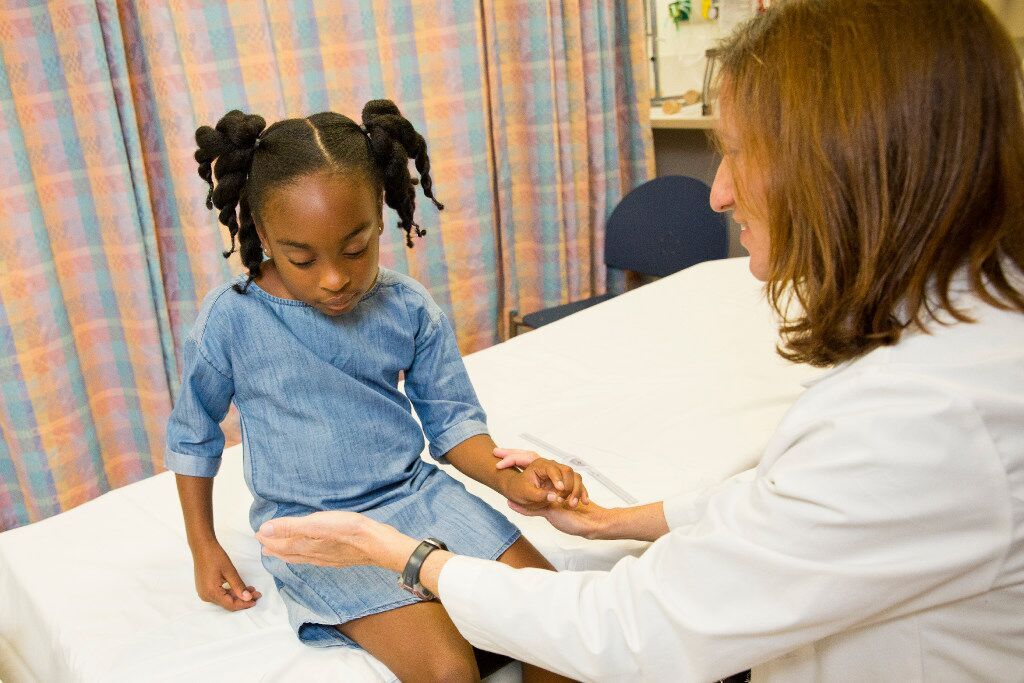
Nephrology
Learn how our highly skilled pediatric nephrology team works across divisions to manage the full range of kidney diseases in children, including dialysis and kidney transplantation.
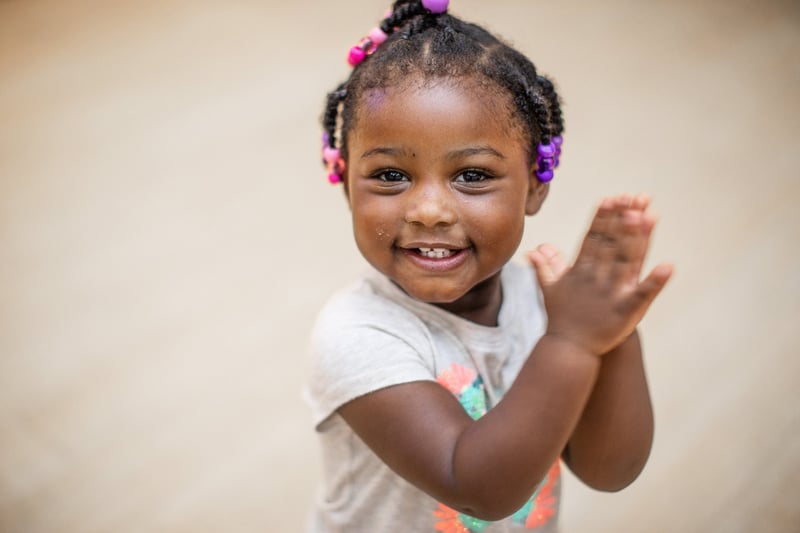
Help Kids and Make a Difference
Invest in future cures for some of life's most devastating diseases. Give today to help more children grow up stronger.

